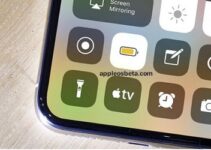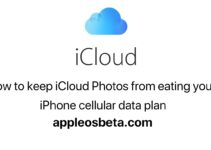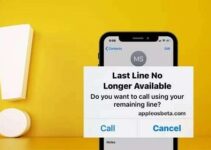10 common mistakes when using iPhone and iPad. How to charge, set up, operate and care for your iPhone and iPad. This article contains 10 of the most common mistakes made by users of Apple smartphones and tablets.
How to transfer an eSIM to a new iPhone via Bluetooth?
Mistake 1. Never reboot
Fear of not seeing a message with a repost of a bearded joke, not hearing an alarm clock, and simply too lazy to turn it on and off. But in vain. After all, the probable reason why your gadget will turn off one day and will not respond to charging and pressing buttons is precisely the absence of a banal reboot for a long time.
Mistake 2. Wi-Fi, Bluetooth and 3G (4G) are always on
iPhones and iPads are smart enough to keep their wireless networks running on their own without generating data overhead or wasting their own batteries. However, even background processes often affect device resources. The gadget always has something to send to servers, download, verify user tracking data, update ad inventory, etc.
If possible, turn off unused Wi-Fi, Bluetooth and cellular data (3G, LTE).
Mistake 3. Using iPhone or iPad in cold and hot weather
You probably didn’t know, but officially the iPhone can only be used in the temperature range from 0º to 35º C. The storage of the turned off device is allowed in the range from -20º to 45º C. To avoid incorrect operation of the device due to overheating and excessive battery drain in the cold, observe operating rules.
Mistake 4. Leave it on charge all night
No one will argue that leaving a smartphone or tablet on charge all night is very convenient – in the morning the battery is always full. However, this topic still causes a lot of controversy. Many experts argue that leaving an iPhone or iPad on after it’s fully charged is bad for the device’s battery. With frequent use of this method of charging the device, the battery will fail faster.
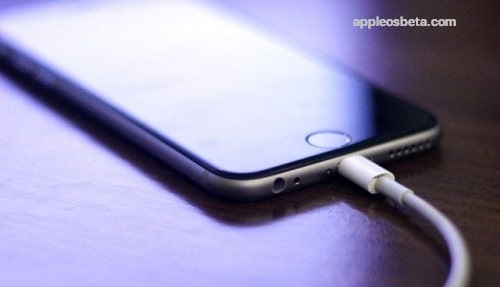
However, starting with iOS 13, the iPhone introduced optimized charging to extend the battery life of an iPhone that is constantly left on charge overnight.
From the numerous statements from experts collected on the Internet, it can be concluded that the maximum efficiency of lithium-ion batteries is observed at a charge level of 20 to 80%. This is probably why Apple suggests that users use the power saving mode on iOS devices at around 20% and automatically turn it off when the charge accumulates at 80%.
Mistake 5. Use a non-original charger or charge only using a cable
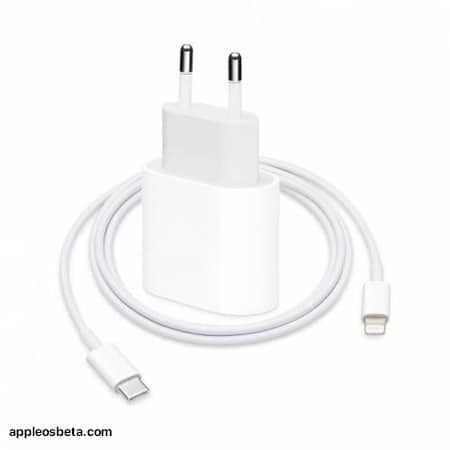
If you often use a cheap non-original charger for iPhone or iPad, use a purely car charger to charge your device (there is simply no time to charge at home), and also constantly charge your gadgets via USB, then you will probably have to visit a service center in the near future.
Possible consequences of using a low-quality charger with iPhone and iPad:
- slow charging;
- battery failure;
- failure of the power supply chip U2;
- fires and explosions of both chargers and the iPhone and iPad themselves.
Mistake 6: Do not clean the surface and connectors of your smartphone or tablet
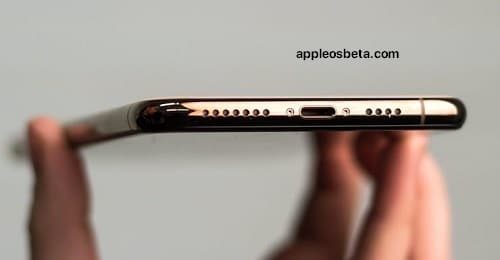
Apple recommends regular cleaning of iPhone and iPad, as well as surface disinfection with various special products. The corresponding instructions are published on the Apple website.
It’s also important not to forget to clean out the charging port and headphone jack, which can accumulate debris from pockets and wallets, causing connection problems. Use a thin needle or toothpick to remove debris.
Mistake 7. Exaggerate your iPhone or iPad outdoors
A noteworthy fact: in 2013, up to 40% of all thefts on the streets of the United States accounted for mobile gadgets, among which apple brand products predominated. And although users have begun to actively use the Find My iPhone service (along with Activation Lock), which allows you to detect the location of the device and, if desired, block it remotely, theft and robbery involving the iPhone and iPad is still very common.
From pockets and bags, gadgets have migrated to outstretched hands – the fashion for selfies provokes people to actively demonstrate their devices in public. And if you are a young girl with a flagship iPhone worth tens of thousands of rubles, walking alone in a sparsely populated place, you decide to take pictures of landscapes or make a memorable “self”, be careful – you can attract the attention of an attacker.
Mistake 8: Don’t use your passcode, Touch ID, or Find My iPhone
Even before the launch of sales of the iPhone 5s with Touch ID fingerprint sensor in Cupertino, it was stated that most users were not able to teach the basics of security. Approximately half of the owners of apple smartphones and tablets ignored password protection and probably continued to do so after the appearance of a fingerprint scanner in them.
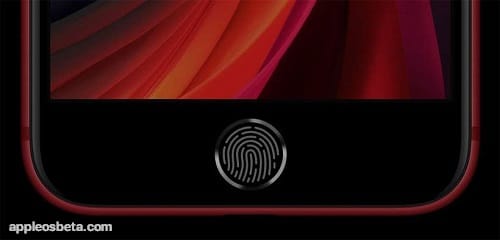
The means of protecting user data in modern iPhone and iPad (Face ID, lock password, Touch ID fingerprint sensor, and the Find My iPhone function) allow you to reliably protect personal data and the device itself from strangers
Mistake 9: Give location access to all applications in a row
One of the main features that significantly affects battery consumption on an iOS device is Geolocation. The technology that allows you to determine the location of your device is used by many important applications, such as Maps or Find My iPhone. However, it is not uncommon for other less-demanded applications to request access to get access to a location.
Open the Settings app, go to the Privacy section, select Location Services and deactivate the feature in all non-essential apps. The battery of your smartphone or tablet will thank you.
Mistake 10: Allow Push Notifications in Every App
Push notifications activated for all applications will securely chain the user to the device, drain the battery and make others nervous. When installing new applications or games, consider whether notifications from them are really so vital.
Go to the Settings app, go to the Notifications section and turn off notifications from less important apps.

